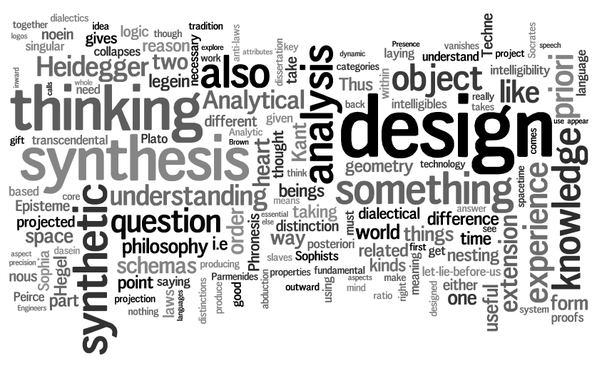They say a picture is worth a thousand words because an image can deliver, without a single utterance, thousands of immediate meaningful impacts in seconds flat. Currently, most problem solving in business, law, and education is heavily reliant on vertical thinking. Further, it requires verbose written documentation which must be constantly re-interpreted and re-written. However, visual and design thinking tools and techniques, now under discussion, are being utilized to reinvent the future of problem solving and get thinking horizontal again.
Design thinking was the topic of an event last month at Colorado Association of Law Libraries (CoALL). Design thinking depends extensively on visualization tools. The Stanford d.school offers an online crash course in design thinking fundamentals. In traditional problem solving, we focus on the problem. Ultimately, we find out that often we struggle most not with solving problems, but figuring out what the problems actually are. Design thinking focuses on the solution, rather than the problem itself.
When combined with design thinking, visualization is a powerful strategy. It is noted in the Importance of Visualization in Design Thinking that “most of the books that discuss the design thinking process, among which Change by Design by Tim Brown, highlight the value brought by use of visual thinking. With some authors even calling visualization tools “the mother of all design tools”, because they are used in every stage of a DT process”.
Visual design and learning are also referred to in data visualization used in business data modelling. Visual autoethnography, semiotics, and mind mapping are related areas of qualitative research that aid in design thinking and are showing promising new ways to model and solve problems, illustrate difficult issues, diagram how things works, and learn how we assign meaning to situations.
These new techniques are now being utilized in business everywhere. Susannah Tredwell, Manager of Library Services at DLA Piper LLP, and author of Data Visualization in Law Libraries says “data visualization is one of those phrases that is frequently heard these days. It’s a very interesting field; done properly, data visualization allows you to use charts, graphs or other visuals to put statistics into context far more easily than if they were in tabular format.”
How are you implementing design thinking?

